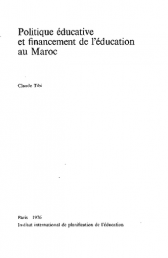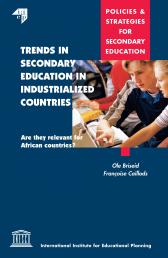
About the publication
Household Education Spending / Methodological GuidelinesForewordEducational cost and financing analysis is a major component of education system sectoral diagnosis. It helps to assess a country's capacity to finance expansion of its educational coverage as well as examine aspects pertaining to efficiency and equity in allocating resources mobilized for the sector. It also helps in assessing cost sharing mechanisms between public and private stakeholders, such as families. Given the lack of statistics on expenses incurred by households on their children's education, review of education financing is often limited to that of public expenditure, making it difficult to have objective discussions on private education financing. In the current context, where the capacity of African States to finance expansion of their education system is increasingly being called into question (Mingat et al., 2010), raising private education financing appears to be unavoidable. It is thus important to be able to have statistics so as to assess the size and nature of the contribution of households to education in various national contexts. Based on these observations, the Pôle de Dakar, as part of its statistical and analytical production activities, has developed a method for assessing household education spending, per child and per level of education, based on household surveys. This method proves particulary useful when education expenditure for households is not disaggregated for each enrolled child. Thus, the main goal of this note is to document this methodological and technical approach.









